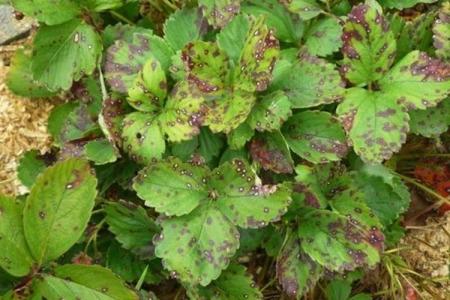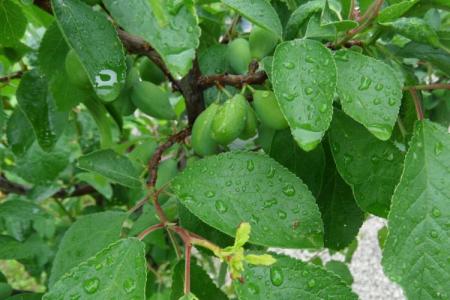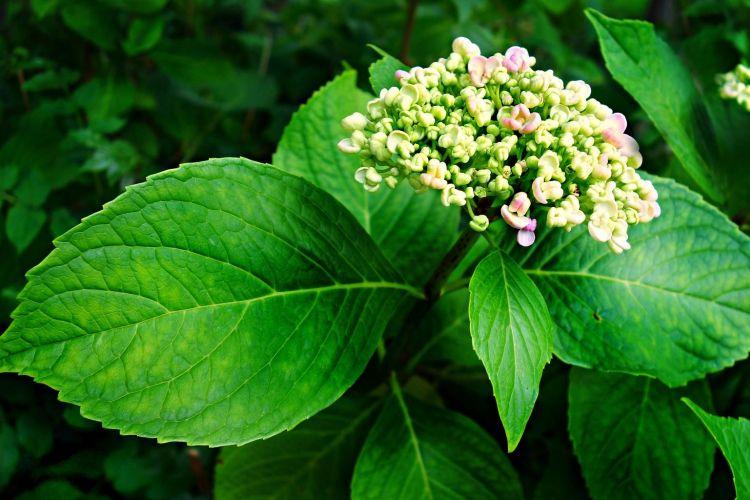
In order for the lush hydrangea inflorescences to unfold in all their glory, the plant must be healthy. After all, your favorite flower beds also suffer from fungi, infections and other problems. Almost all of them first affect the leaves. And here's what you should pay attention to!
Leaves turn yellow and dry
When hydrangea leaves begin to die off in autumn, the plant prepares for a state of dormancy. But if dubious signs appear at the height of the season, we recommend finding their cause as soon as possible!
- Leaves turn yellow and crumble in the heat with insufficient watering or lack of nutrients;
- Dry spots remain due to sunburn, so hydrangea should not be sprayed in the middle of the day. Water droplets work like a lens and make things worse;
- The yellow spots between the green streaks are non-infectious chlorosis, which indicates a malnutrition. Do not forget about complex feeding and do not grow hydrangeas for too long in one place;
- Yellow dots spread more and more if the leaves from the back side are eaten by aphids;
- Due to the low acidity of the soil, not only the leaves, but also the flowers of the hydrangea fade.

Brown spots on hydrangea leaves
In addition to yellow ones, there are also brown spots on the leaves - a consequence of a fungus or nutritional deficiency. Start healing quickly before the infection spreads to other flowers!
- Bright orange stains are left by rust fungus that spreads on wet, cool days;
- Hydrangea leaves darken, wither and become shapeless due to stress: temperature jumps, chronic overflow or too heavy soil;
- Yellow spots of peronosporosis darken very quickly, become brown and soft;
- Septoria leaves brown spots of several shades of brown. Hydrangea leaves and shoots that are already too affected cannot be saved;
- Viral ring spot leaves dark spots with whitish centers. Gradually, they become more and more, and they turn into necrotic foci.
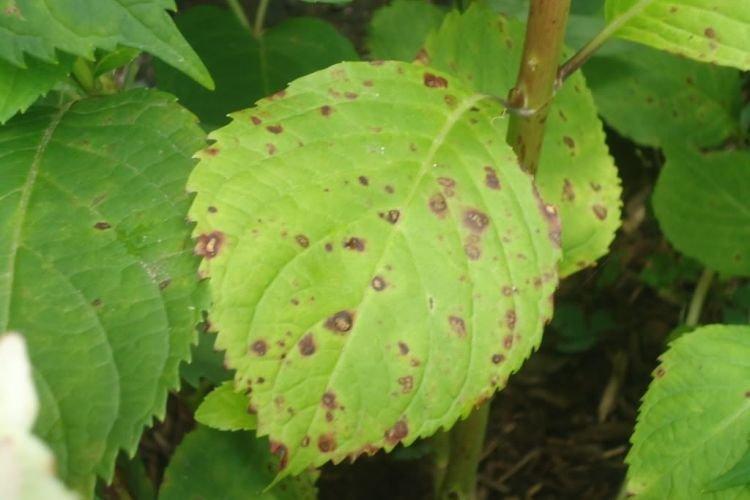
Hydrangea leaves turn black
Hydrangea leaves rarely turn black, and most often this indicates a bacterial infection or rot. It literally counts for days if you want to try to save the plant.
- Because of a bacterial burn, first of all, young leaves with shoots turn black and seem to burn out;
- Black fungal bloom leaves a sooty fungus that is regularly spread by insects;
- Due to root cancer, hydrangea leaves become covered with black spots, ulcers and tumors;
- Black dry spots randomly spread along the leaves from the edge, if you water the hydrangea with too hard water;
- Nematodes destroy the root system, which causes the ground part to darken and die off.
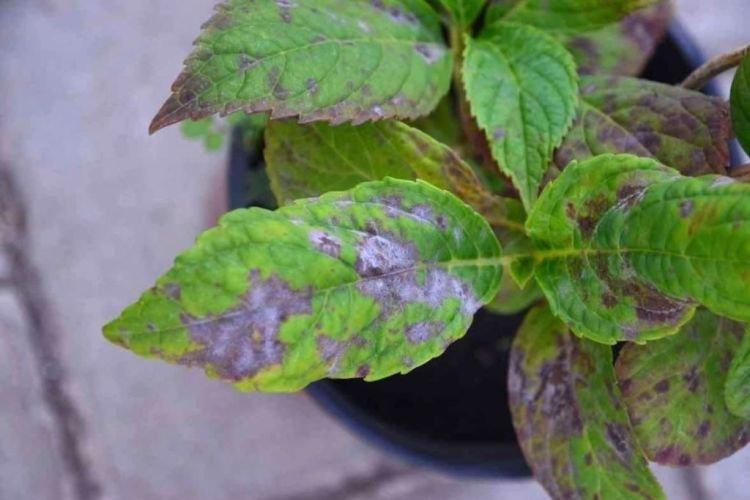
White bloom on hydrangea leaves
Every grower at least once came across a whitish velvet bloom on the leaves, because all plants suffer from the fungus. And also garden pests sometimes inhabit the fragrant hydrangea, and leave a cobweb behind them!
- Powdery mildew leaves a characteristic white coating and will spread on warm, damp days;
- When affected by white rot, the plaque is rather slimy and covers brown spots;
- Gray rot is very similar to white, only the shade of the spores is slightly darker. This is a common spring illness;
- The spider mite draws out all the juices from the hydrangea and braids it with a thin whitish cobweb.
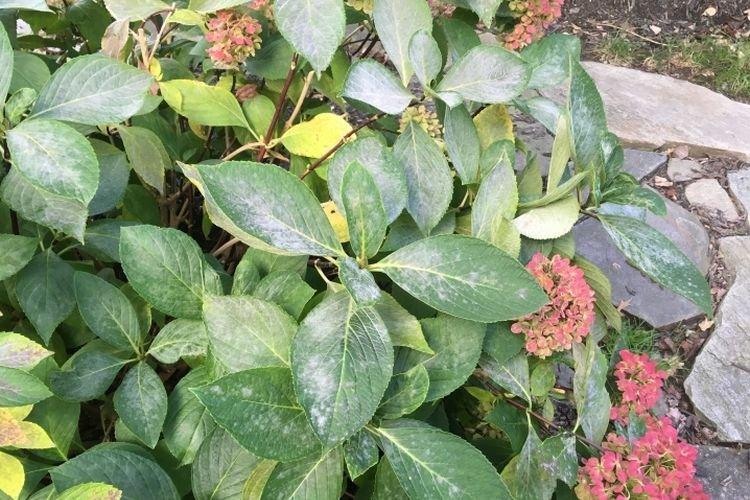
Hydrangea leaves curl
Due to improper care, the leaves can be deformed and bent. Hydrangea will recover over time, but it is important to eliminate the threat of the virus.
- If the planting is too dense, then the hydrangea does not have enough light or air - and then the leaves wrinkle and curl;
- Leaf beetles eat the plates, because of which they first fold up and then fly around. Sometimes pests leave some streaks altogether;
- Young leaves grow misshapen and hardly develop when eaten by slugs.


